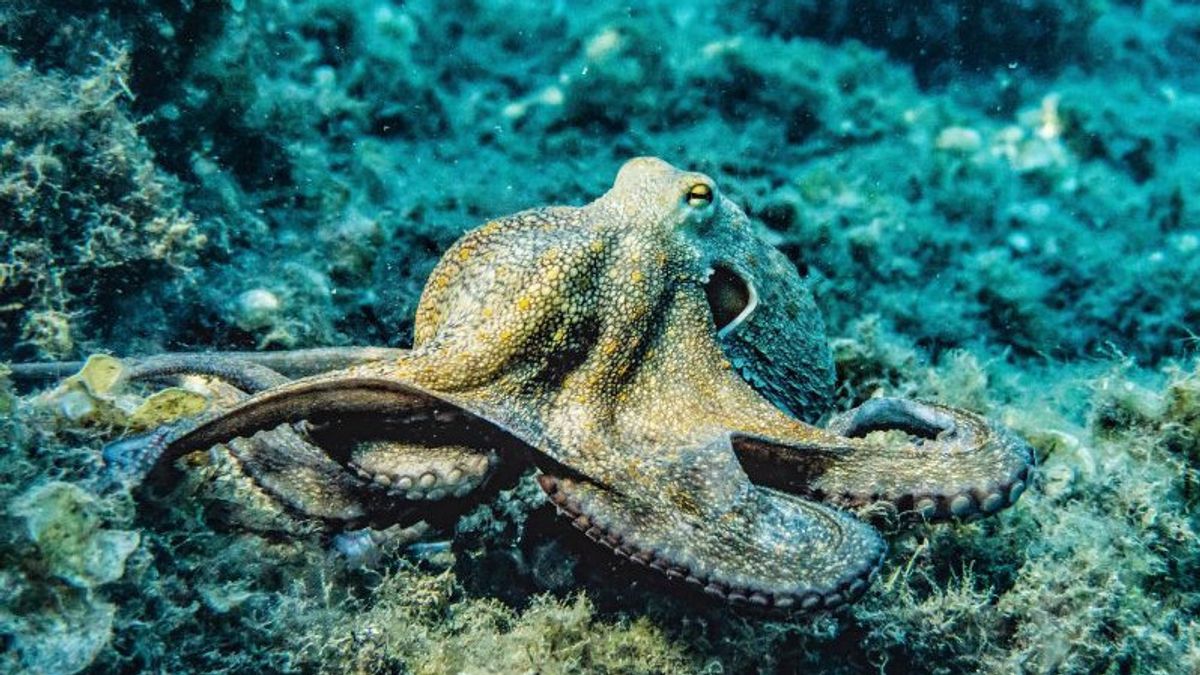JAKARTA - Studies show that two octopus species, the common octopus octopus vulgaris and the octopus bimacoluides, an octopus from California, have molecular similarities to the human brain.
Quoted from Geo TV via Antara, Wednesday, June 29, the study conducted by Remo Sanges from Scuola Internazionale Superiore at Avanzati Studies (SISSA) of Trieste and Graziano Fiorito from Stazione Zoologica Anton Dohrn of Naples was published in BMC Biology.
Based on the study, it was found that octopuses and humans have transposons or
a jumping gene, a strand of DNA that can move from one genome (a set of DNA) to another.
The researchers used a generational sequencing technique to examine and understand the molecular similarities of the octopus nervous system.
"I literally jumped out of my chair when, under the microscope, I saw strong activity signals from elements in the vertical lobe, a brain structure in octopuses that is central to learning and cognitive abilities, such as the hippocampus in humans," said Giovanna Ponte of Stazione Zoologica Anton. Dohrn.
The octopus genome has "jumping genes," which are mostly inactive, just like humans. Furthermore, the researchers found Long Interspersed Nuclear Elements (LINE), which is likely active and also found in the human genome, in parts of the octopus brain associated with animal cognitive abilities.
"This similarity between humans and octopuses showing the activity of LINE elements at the center of this cognitive ability can be explained as an interesting example of convergent evolution," said Giuseppe Petrosino of the Stazione Zoologica Anton Dohrn and Stefano Gustincich of the Istituto Italiano di Tecnologia.
The English, Chinese, Japanese, Arabic, and French versions are automatically generated by the AI. So there may still be inaccuracies in translating, please always see Indonesian as our main language. (system supported by DigitalSiber.id)








